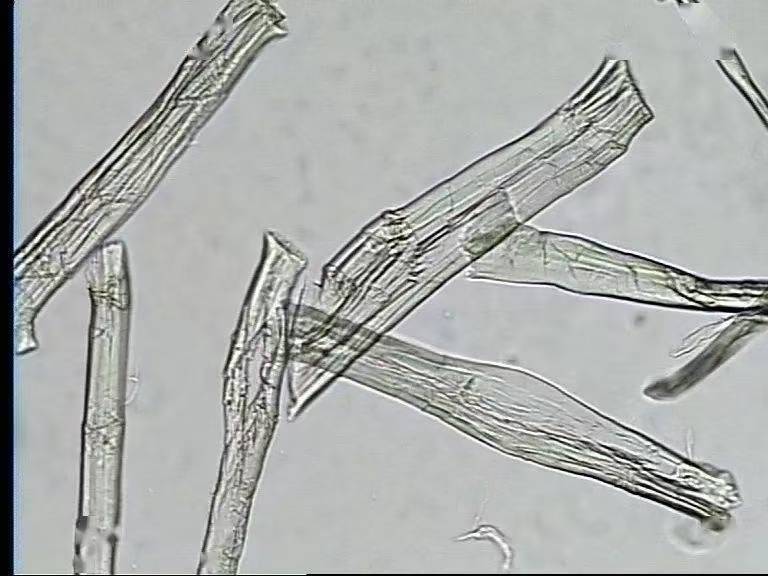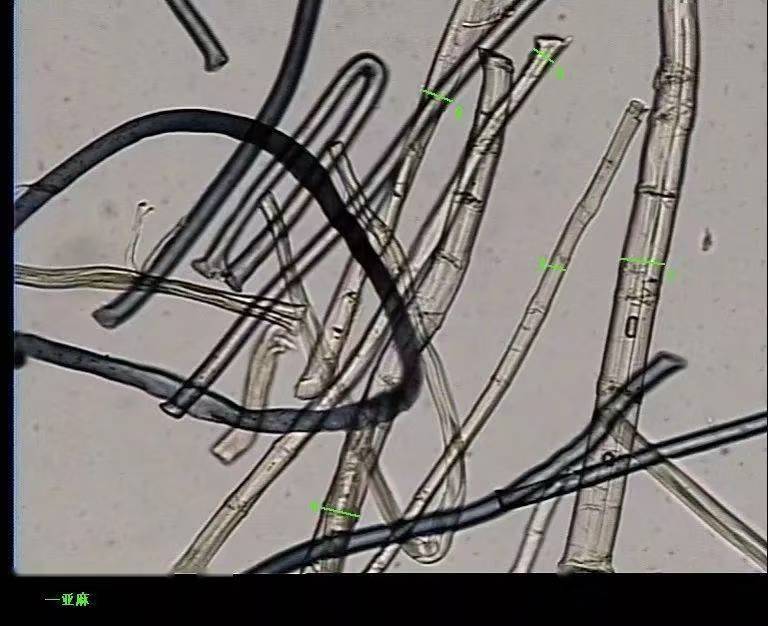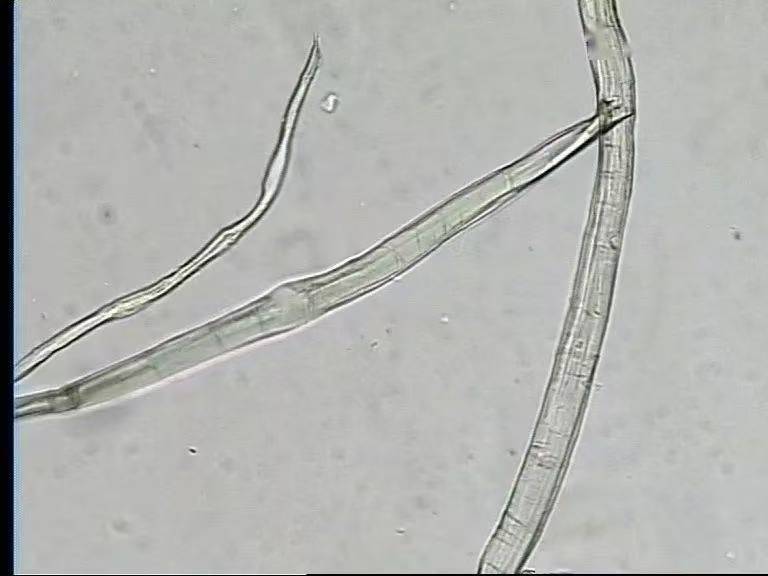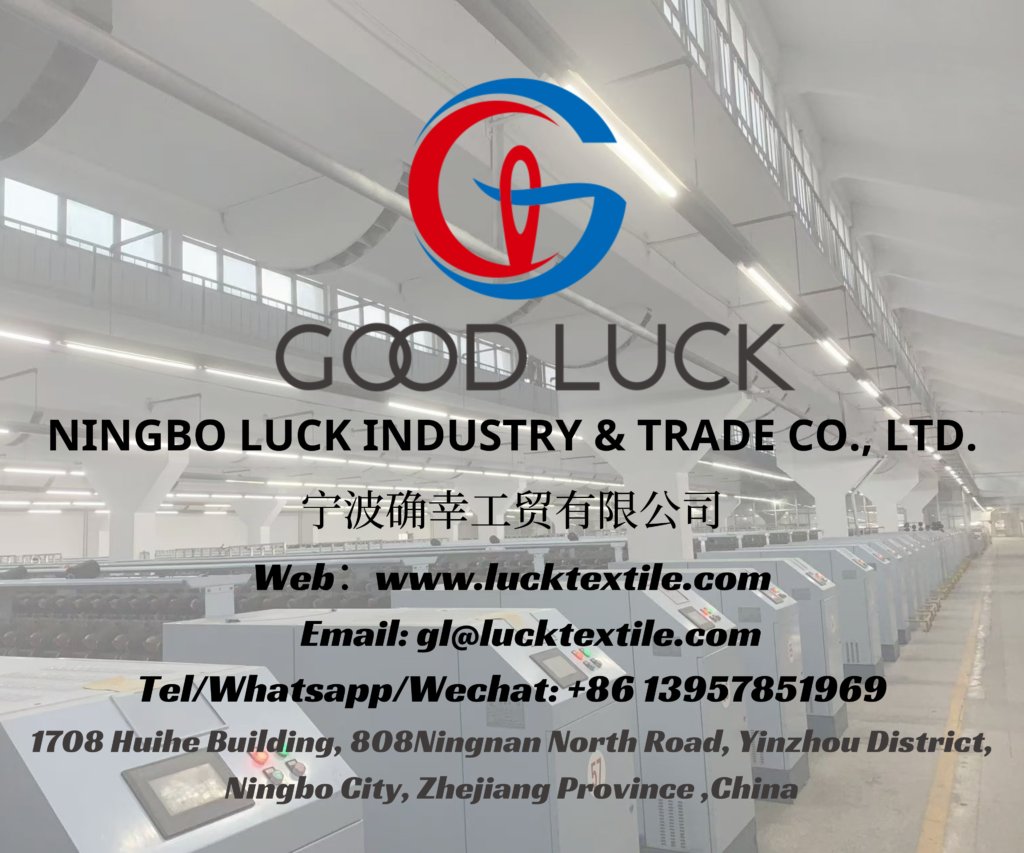Choosing clothes or buying fabrics? Many people struggle to tell the raw materials apart. But every fiber has unique “identity tags”. You can tell them apart by checking fiber length, linear density, mechanical properties, and hygroscopicity. Today, let’s start with the most obvious feature: fiber length. We’ll uncover the secrets of different fabric materials.
Natural Fibers: Length Tells Their “Origin Story”
Natural fibers grow in nature. Their lengths vary a lot between different types. This makes it easy to tell them apart.
Cotton: Short vs. Long Staples – A Quality Difference
Cotton is a fiber we all know well. It has two main types: upland cotton (short-staple) and long-staple cotton. The big difference is their fiber length. Upland cotton has shorter fibers, usually 25–31 millimeters long. It’s common in stores and used to make most cotton clothes. Long-staple cotton has longer fibers, often over 33 millimeters. The famous Xinjiang cotton is a type of long-staple cotton. Longer fibers make fabrics softer, more durable, and more breathable. That’s why long-staple cotton is great for high-quality cotton products.

Long-staple cotton fibers, like Xinjiang cotton, are often over 33 millimeters long
Hemp: Different Lengths for Different Types
Hemp fibers also have length differences that help tell them apart. Ramie is called the “best of hemp”. Its fibers are longer, usually no more than 25 centimeters. They’re tough and shiny. Fabrics made from ramie are crisp and breathable, perfect for summer clothes. Flax fibers are much shorter, usually no more than 2.5 centimeters. They’re softly textured. Flax fabrics are breathable and keep you warm, so they’re good for spring and autumn clothes. Hemp fibers are even shorter, under 2 centimeters. They’re antibacterial and durable, so they work well in special-purpose fabrics.



Chemical Fibers: Man-Made with “Standard Lengths”
Unlike natural fibers, chemical fibers don’t grow naturally. People control their lengths. This is a key way to tell natural and chemical fibers apart.
Many people mix up viscose and artificial cotton. But artificial cotton is a type of viscose. Viscose is a common man-made cellulose fiber. It has three main types: ordinary viscose, high wet modulus viscose, and high tenacity viscose. Artificial cotton is ordinary viscose with a set length – usually around 38 millimeters. So artificial cotton with a length of about 38 millimeters. But viscose fibers can be any length, depending on what’s needed.
Natural cotton fibers have uneven lengths – some long, some short. That’s just how natural fibers are. But chemical fibers like artificial cotton have very even lengths. Factories make them in controlled conditions, so they can keep the length consistent.
Understanding fiber length is the first step to telling fabric materials apart. Next, we’ll talk about linear density, mechanical properties, and hygroscopicity. This will help you learn more ways to distinguish fabric raw materials.


